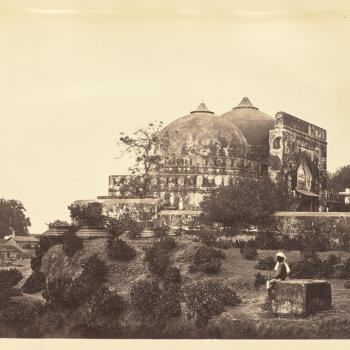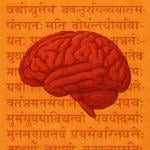I happened to see a book ‘Indian Indigenous Banking’ by a Mr. Gubbay, and was surprised to read that it largely dealt with the activities of Joint Stock Banks in India, and the Indian Indigenous Banker throughout the book has been treated with contempt and regarded as an undesirable element of Indian society. This is not a new thing that a Writer not conversant with the reality of the matter gives such an account. But it may be asserted as a fact that the Indian Indigenous Banker has always been the backbone of India’s prosperity by his help to Indian trade, commerce, and agriculture from time immemorial. He was not merely a moneylender or usurer as some writers style him, but he was a great banker and financier, and even today he, as a class, is the greatest financier of India.
The ancient Indians had acquired a considerable scientific knowledge of ‘Banking’ and its marvelous development at a very early stage of human civilisation. The rules framed by the Hindu law-givers for Indigenous Banking are so exhaustive, that a parallel of it cannot be found in any other country in that period of early civilisation.
The law for the check of usury, the law for the administration of civil justice (Vayavahara), the liabilities and responsibilities of debtors and sureties, the rights and responsibilities of bankers (creditors), the rules for safe-custody, deposits, bailments, State control and licencing are some of the excellent legislations which the ancient Indians enacted and rigidly enforced for the efficient development of the profession on honest and well-regulated lines and for the well being of the general public.
Between the Mahabharat and Puranic period, India enjoyed internal peace and tranquility, and Indians made amazing progress in trade, commerce and banking of which we have documentary proofs in the writings of many of the foreign travellers like Megasthenes, Huin-Tsang, Bernier, Marco-Polo, Ibn Batuta, Ludovico Di Varthema, Tavernier as well as Indian writers of Dharmashastras, Arthashastra, and Buddhist literature. The Indians were an acknowledged intellectual race and their philosophy, poetry and architecture were marked with traits ol originality : and the same is true of the history of their banking, which like their arts, astronomy, and philosophy continued to make startling progress till the 12th and 18th Century A.D.
During the Mohammedan period Indian Indigenous Banking suffered a great set-back. From the invasions of Mahmud of Ghazni until the time of Akbar the Great, the country was in a very unsettled state and the political changes and convulsions and the intolerant bigotry of some of the rulers made life and property of every citizen insecure and unsafe. It was, therefore, very natural that Indian commerce, trade and banking was wholly dislocated and disorganised when every capital city, trading centre, and banking house had repeatedly been stormed and sacked by invading armies. But in spite of all these adverse circumstances, we can yet with our available material boast that India’s banking is the oldest and the most scientific existing ‘Indigenous banking’ in the whole world.













